Tuesday - Naples, Tour To Pompeii (Page Eleven)

Naples (Napoli) to Pompei is about 15 miles
View Larger Map on Google Maps
Did you know? - Pompeii is a partly buried Roman town-city near modern Naples in the Italian region of Campania, in the territory of the comune of Pompei. Along with Herculaneum, its sister city, Pompeii was destroyed and completely buried during a long catastrophic eruption of the volcano Mount Vesuvius spanning two days in 79 AD. The eruption buried Pompeii under 4 to 6 meters of ash and pumice, and it was lost for over 1,500 years before its accidental rediscovery in 1599. Since then, its excavation has provided an extraordinarily detailed insight into the life of a city at the height of the Roman Empire. Today, this UNESCO World Heritage Site is one of the most popular tourist attractions of Italy, with approximately 2,500,000 visitors every year.

Karl Brullov, The Last Day of Pompeii (1830-33)

City Tour | Ruins | City Streets
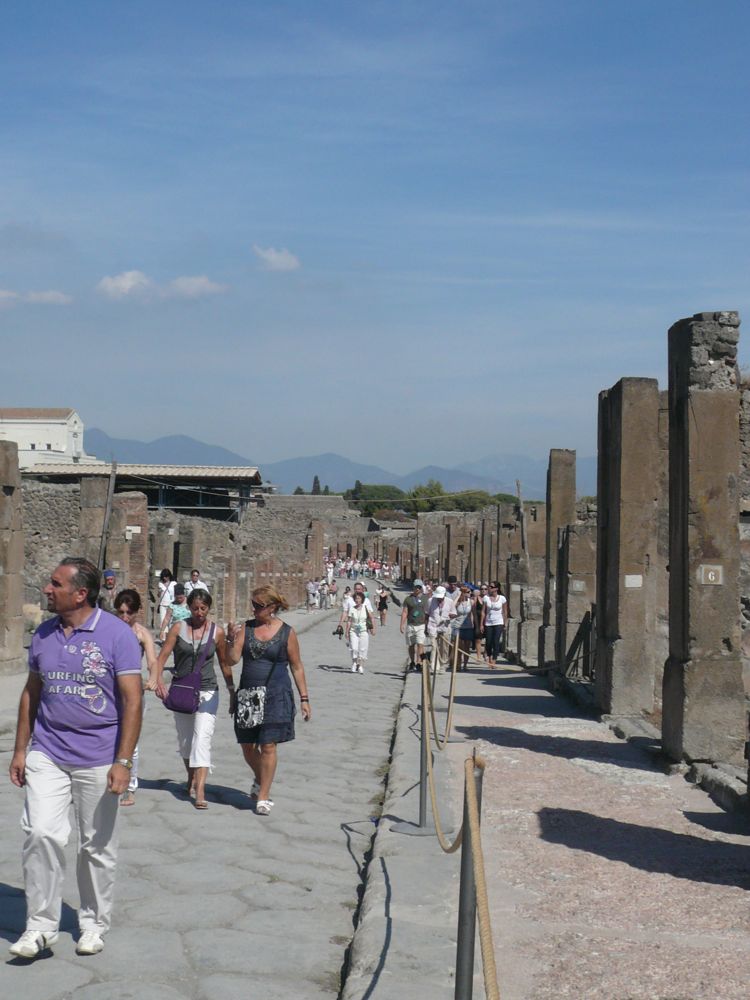
Did you know? - The archaeological digs at the site extend to the street level of the 79 AD volcanic event; deeper digs in older parts of Pompeii and core samples of nearby drillings have exposed layers of jumbled sediment that suggest that the city had suffered from the volcano and other seismic events before then. Three sheets of sediment have been found on top of the lava that lies below the city and, mixed in with the sediment, archaeologists have found bits of animal bone, pottery shards and plants. Using carbon dating, the oldest layer has been dated to the 8th-6th centuries BC, about the time that the city was founded. The other two layers are separated from the other layers by well-developed soil layers or Roman pavement and were laid in the 4th century BC and 2nd century BC. It is theorized that the layers of jumbled sediment were created by large landslides, perhaps triggered by extended rainfall.

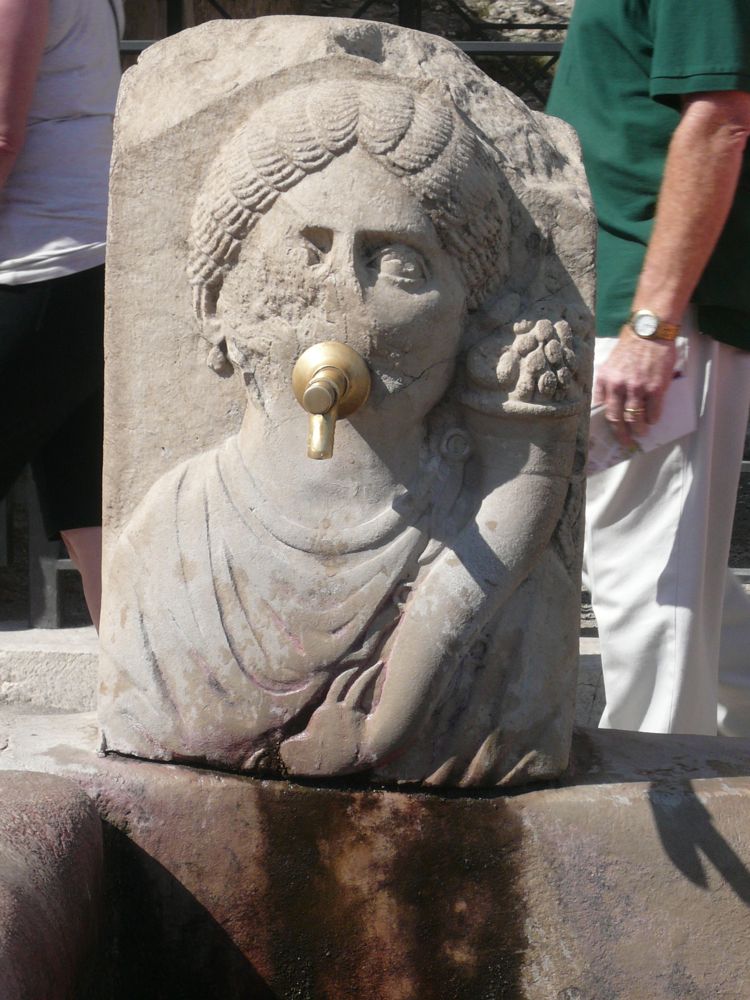

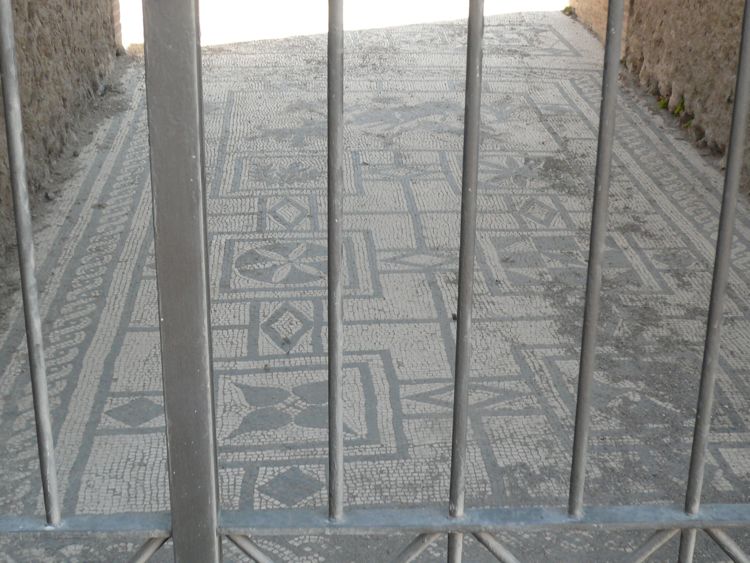
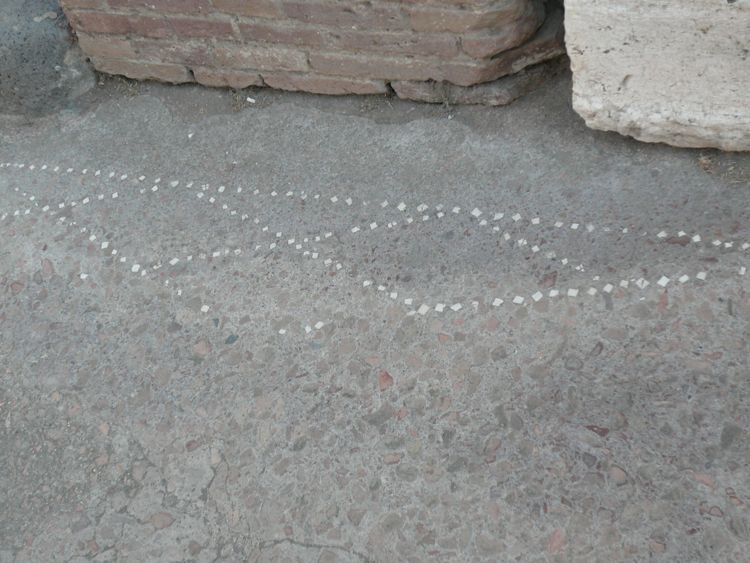

Did you know? - he excavated town offers a snapshot of Roman life in the first century, frozen at the moment it was buried on 24 August AD 79. The forum, the baths, many houses, and some out-of-town villas like the Villa of the Mysteries remain surprisingly well preserved.

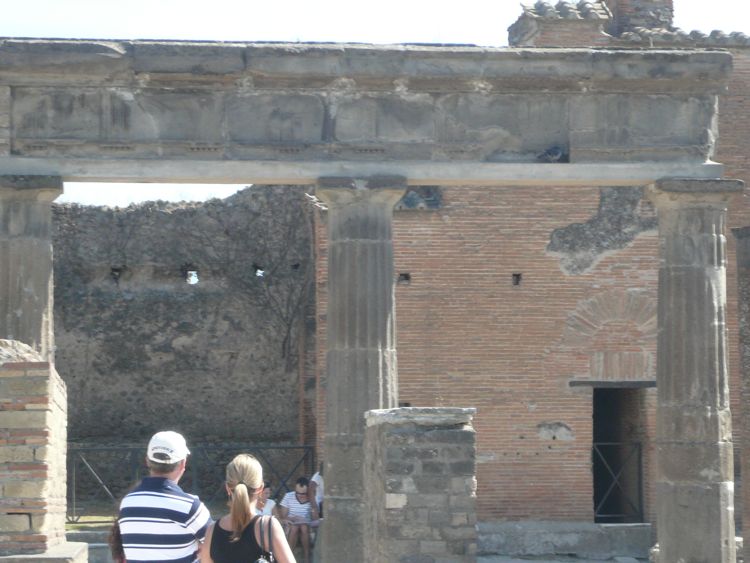
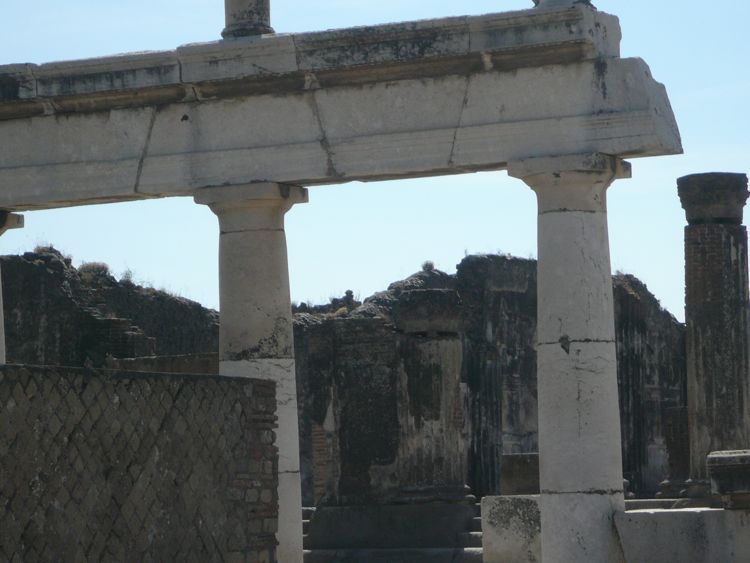
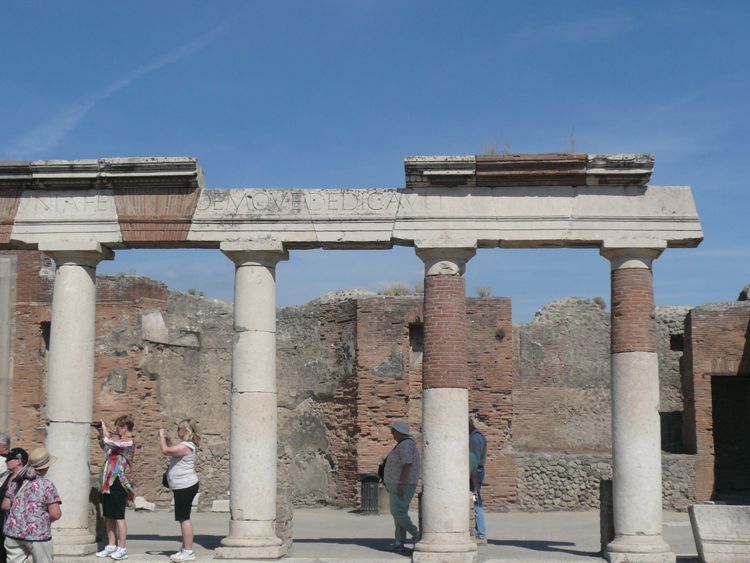
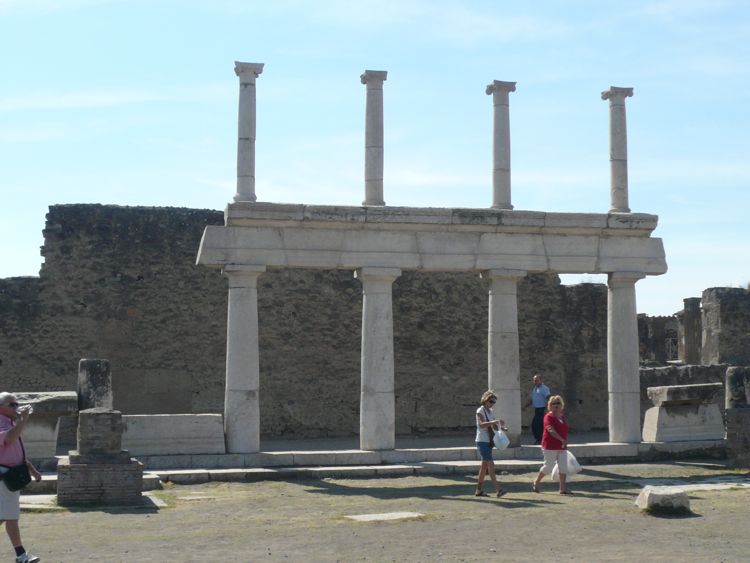
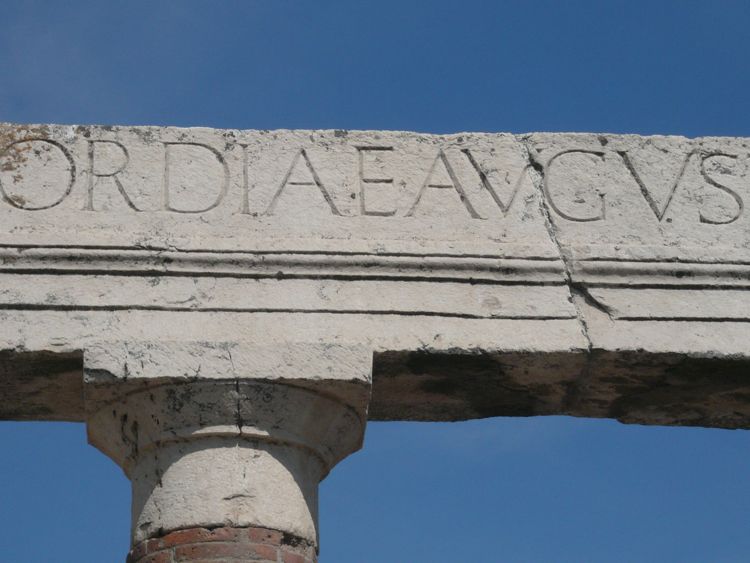
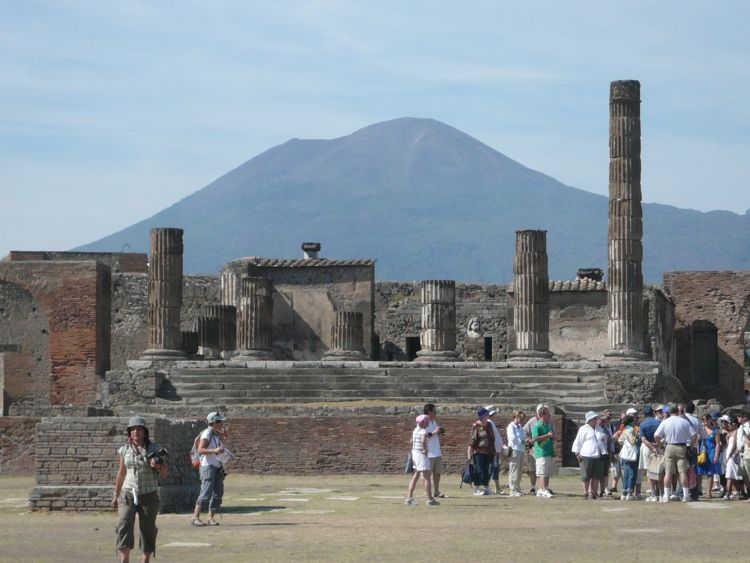
The Forum with Vesuvius in the distance
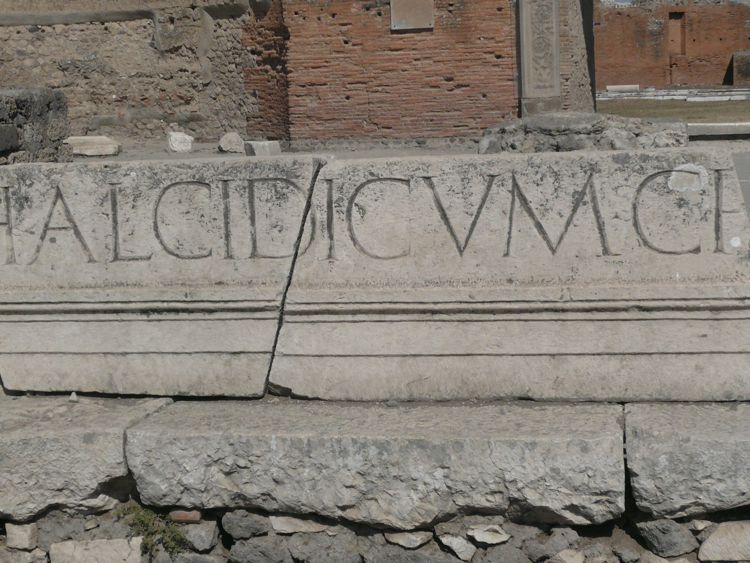
Did you know? - At the time of the eruption, the town could have had some 20,000 inhabitants, and was located in an area in which Romans had their holiday villas. Prof. William Abbott explains, "At the time of the eruption, Pompeii had reached its high point in society as many Romans frequently visited Pompeii on vacations." It is the only ancient town of which the whole topographic structure is known precisely as it was, with no later modifications or additions. It was not distributed on a regular plan as we are used to seeing in Roman towns, due to the difficult terrain. But its streets are straight and laid out in a grid, in the purest Roman tradition; they are laid with polygonal stones, and have houses and shops on both sides of the street.


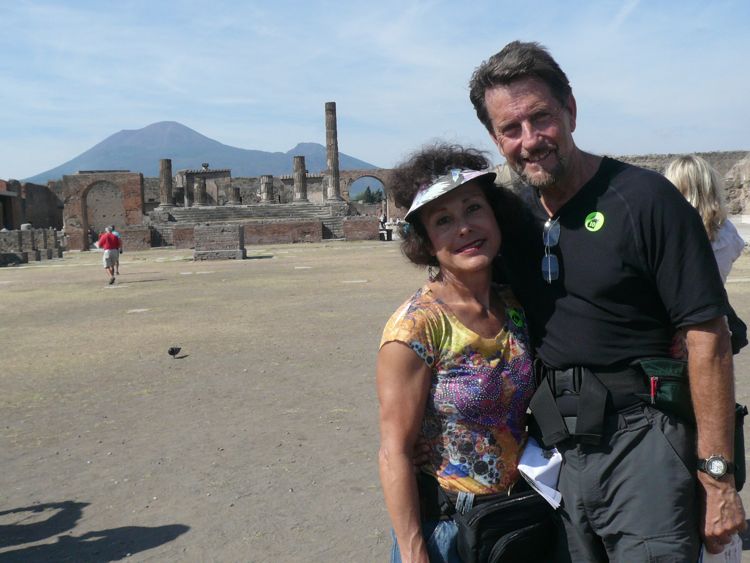

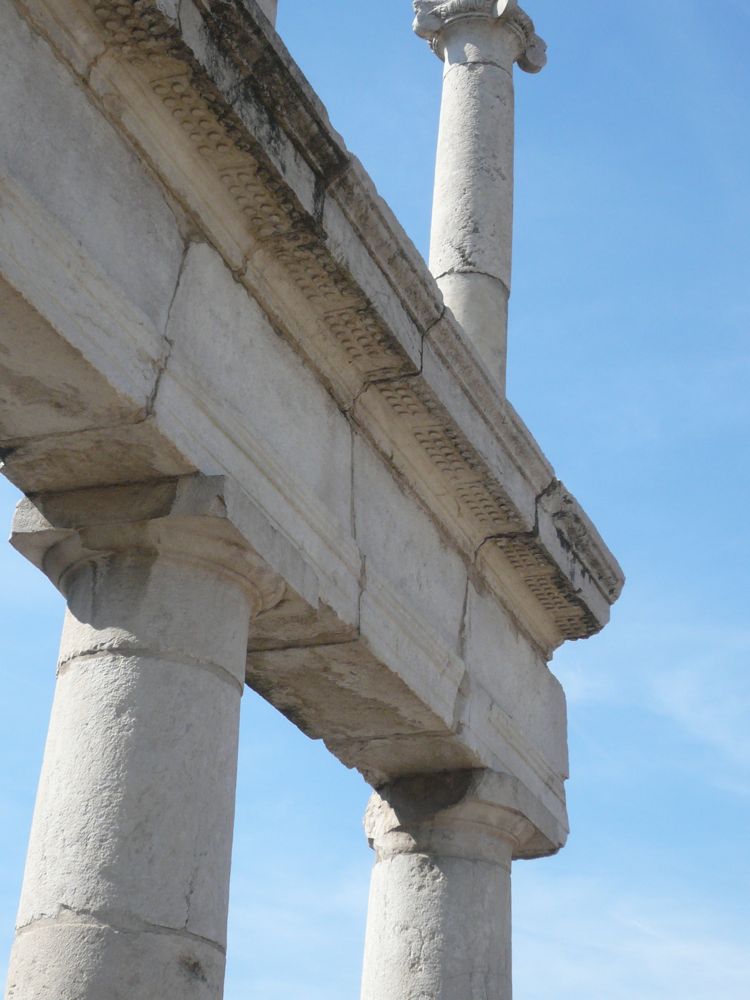
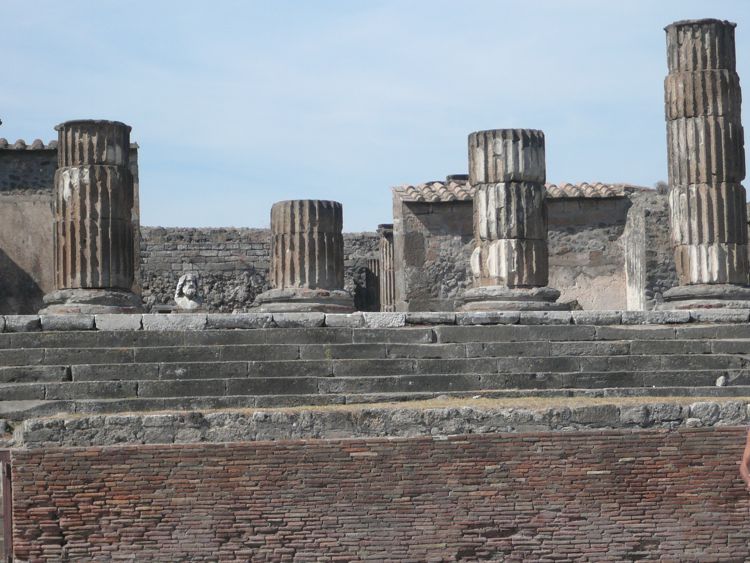
Did you know? - The inhabitants of Pompeii, as those of the area today, had long been used to minor quaking (indeed, the writer Pliny the Younger wrote that earth tremors "were not particularly alarming because they are frequent in Campania"), but on 5 February 62, there was a severe temblor which did considerable damage around the bay and particularly to Pompeii. The earthquake, which took place on the afternoon of the 5th of February, is believed to have registered over 7.5 on the Richter scale. On that day in Pompeii there were to be two sacrifices, as it was the anniversary of Augustus being named "Father of the Nation" and also a feast day to honour the guardian spirits of the city. Chaos followed the earthquake. Fires, caused by oil lamps that had fallen during the quake, added to the panic.



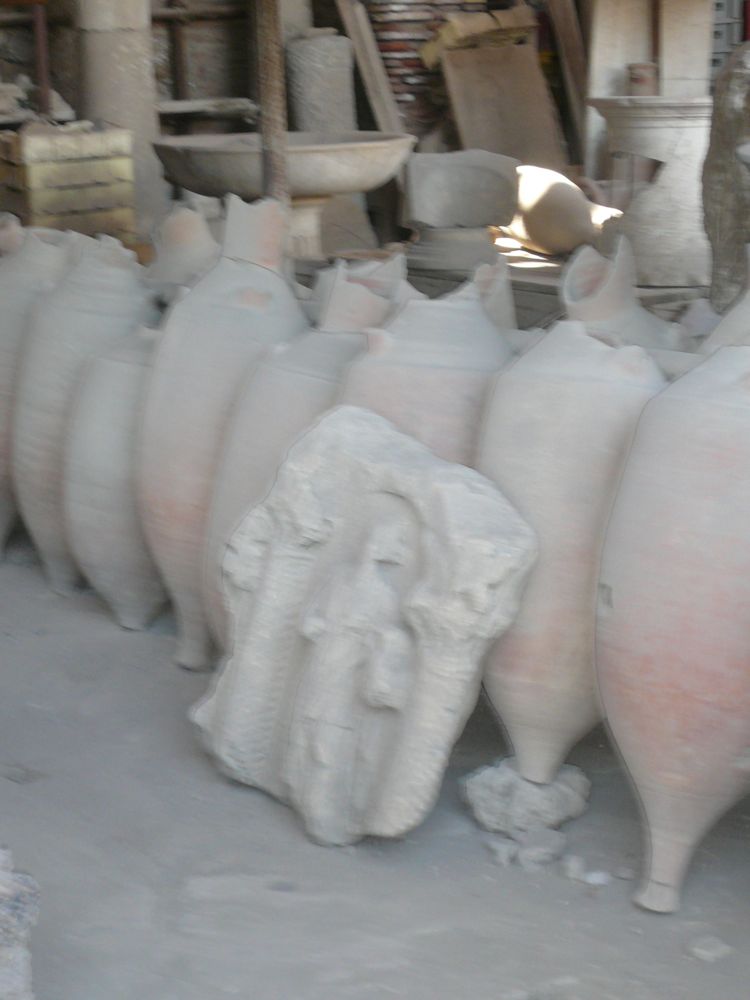
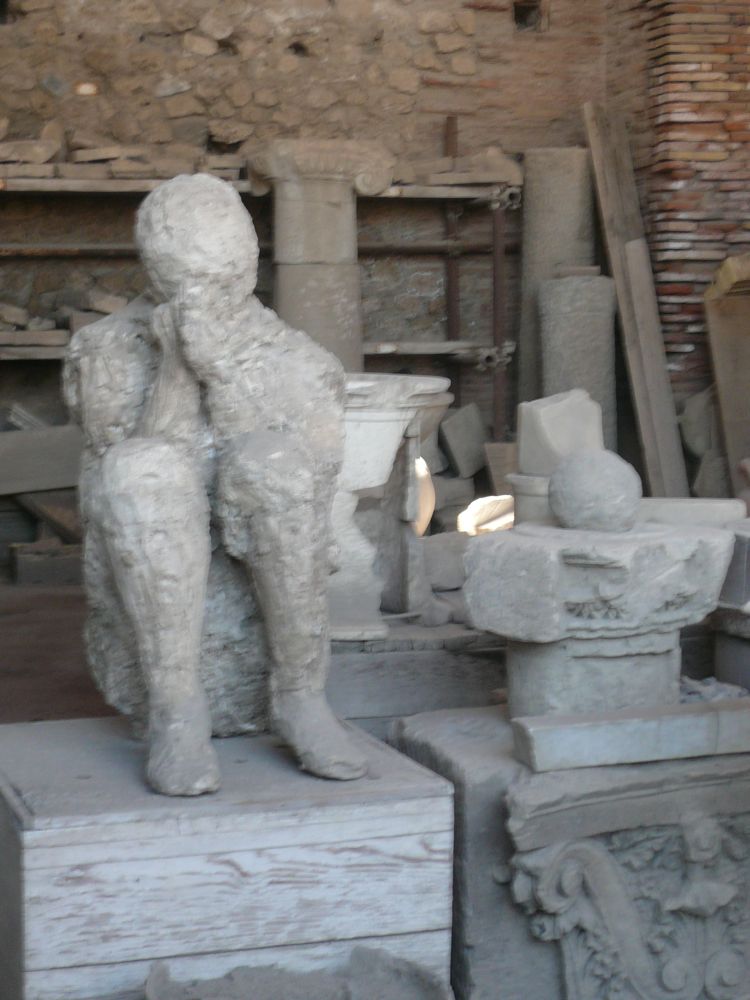

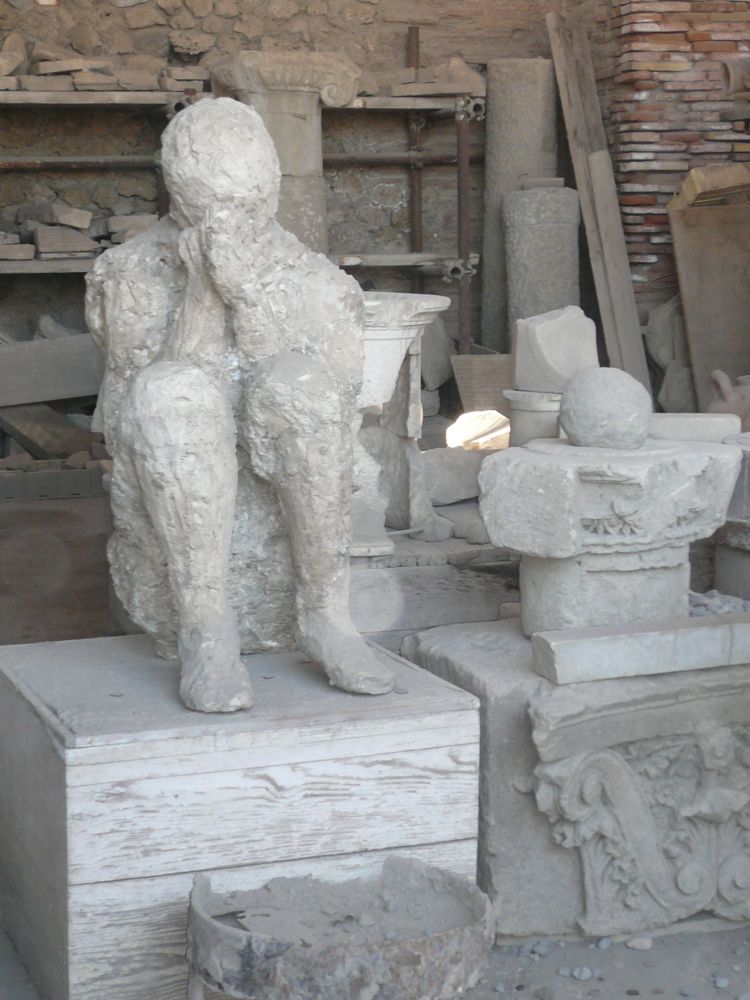
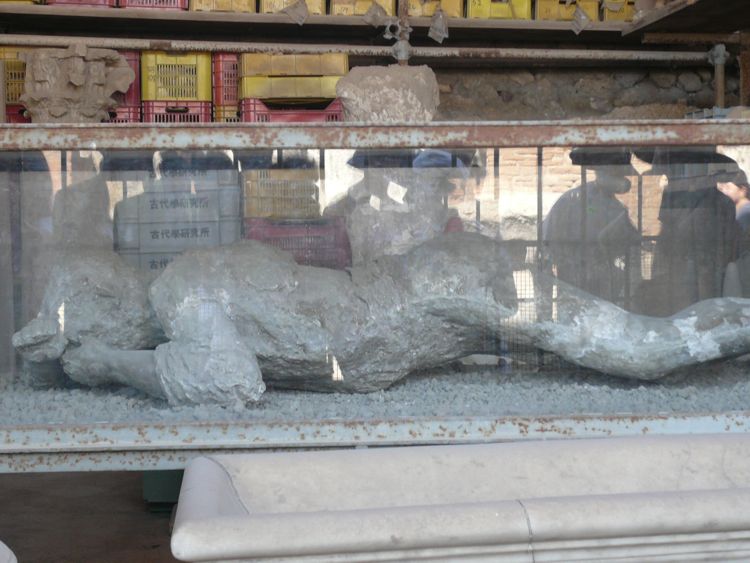
Did you know? - Temples, houses, bridges, and roads were destroyed. It is believed that almost all buildings in the city of Pompeii were affected. In the days after the earthquake, anarchy ruled the city, where theft and starvation plagued the survivors. In the time between 62 and the eruption in 79, some rebuilding was done, but some of the damage had still not been repaired at the time of the eruption. It is unknown how many people left the city after the earthquake, but a considerable number did indeed leave the devastation behind and move to other cities within the Roman Empire. Those willing to rebuild and take their chances in their beloved city moved back and began the long process of reviving the city.
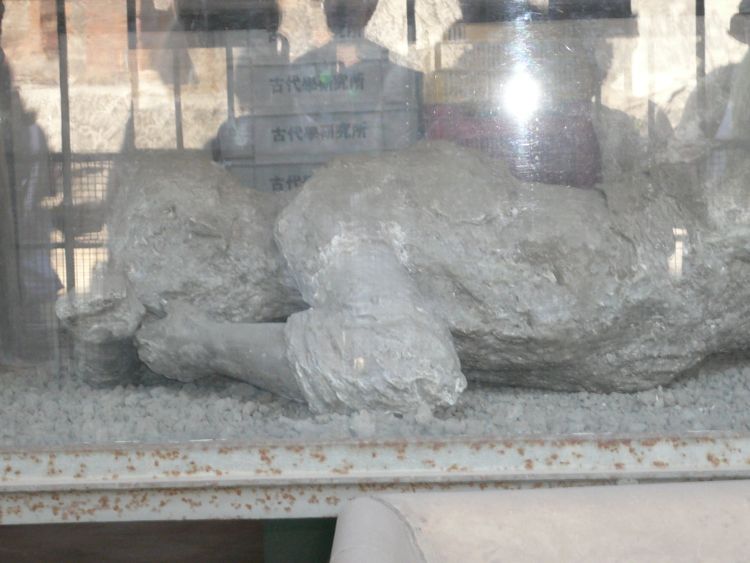
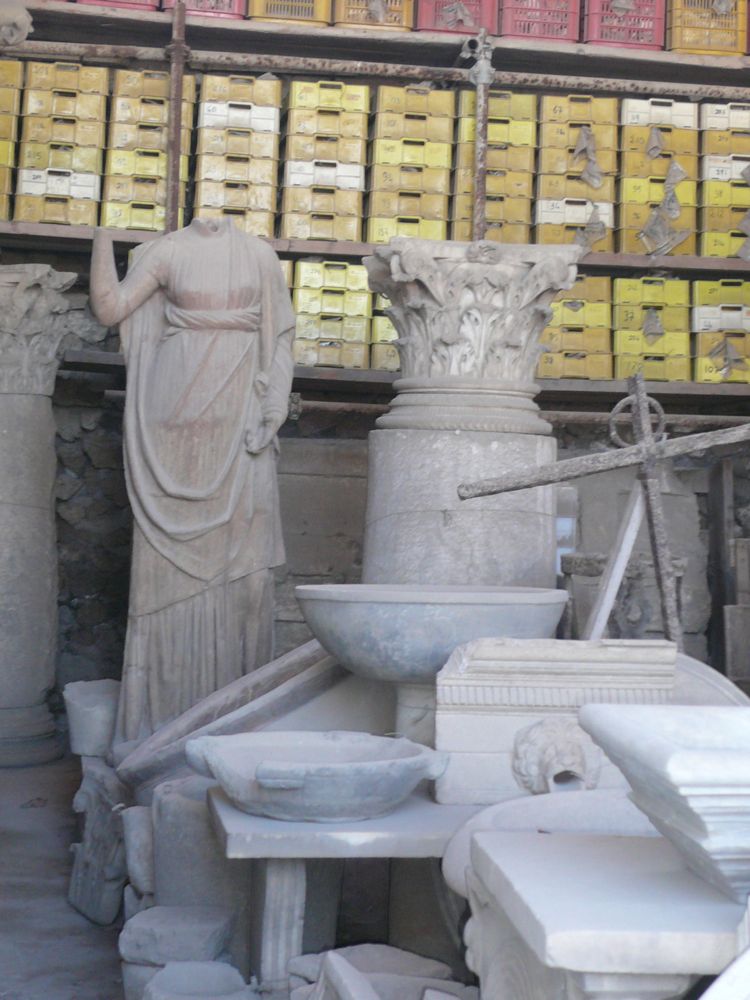
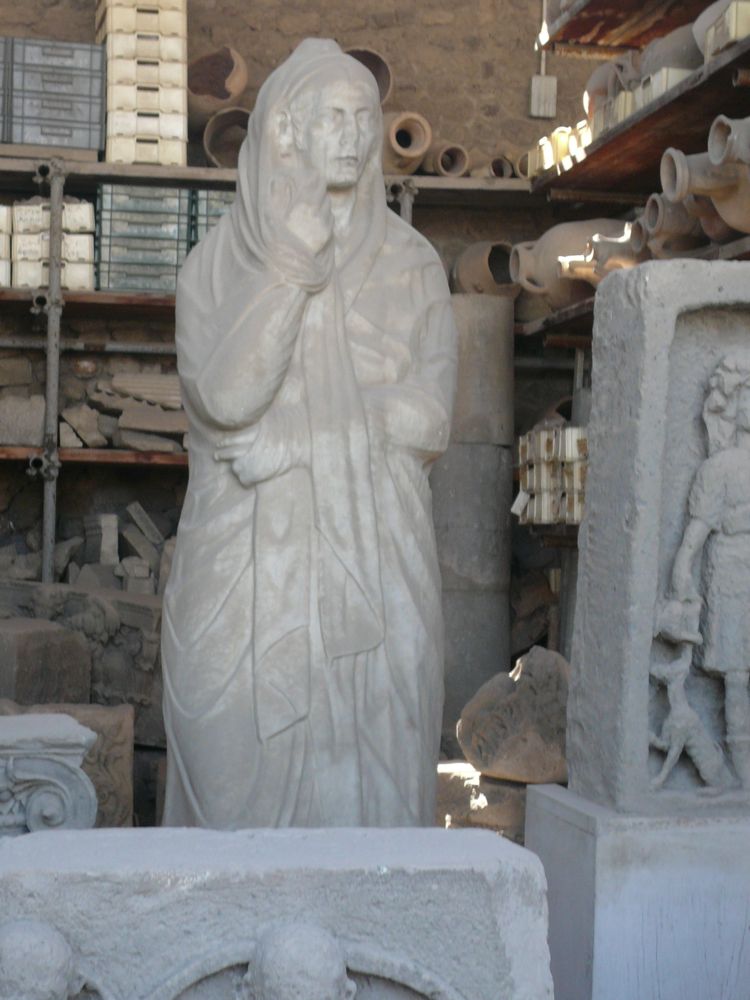


A map showing the cities and towns affected by the eruption of Mount Vesuvius in 79 AD. The general shape of the
ash and cinder fall is shown by the dark area to the southeast of Mt Vesuvius.

A depiction of the eruption which buried Pompeii (from BBC's Pompeii: The Last Day).

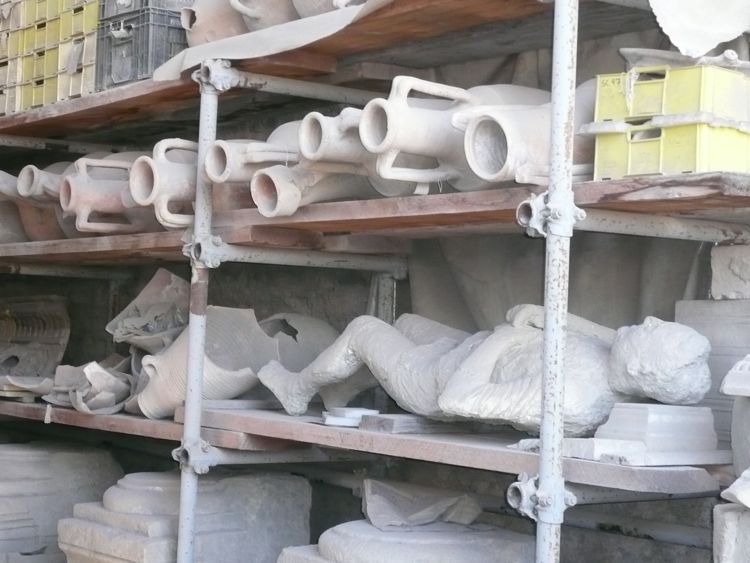
Did you know? - After thick layers of ash covered the two towns, they were abandoned and eventually their names and locations were forgotten. The first time any part of them was unearthed was in 1599, when the digging of an underground channel to divert the river Sarno ran into ancient walls covered with paintings and inscriptions. The architect Domenico Fontana was called in and he unearthed a few more frescoes but then covered them over again, and nothing more came of the discovery.

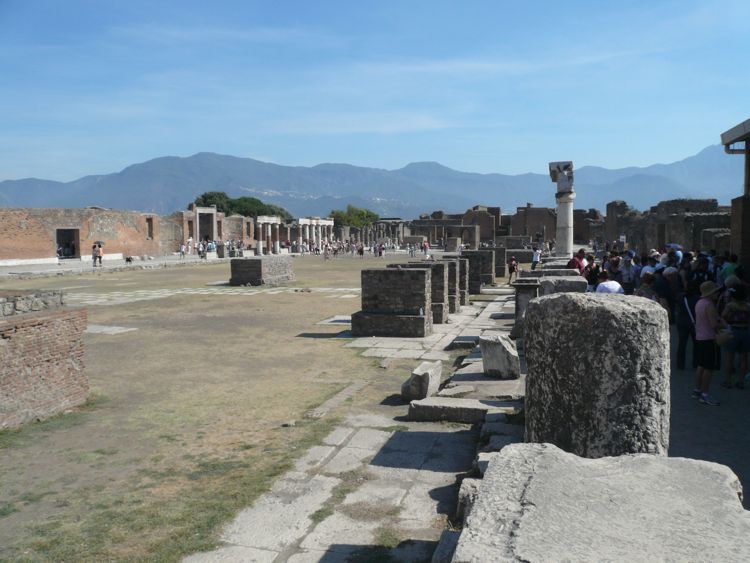


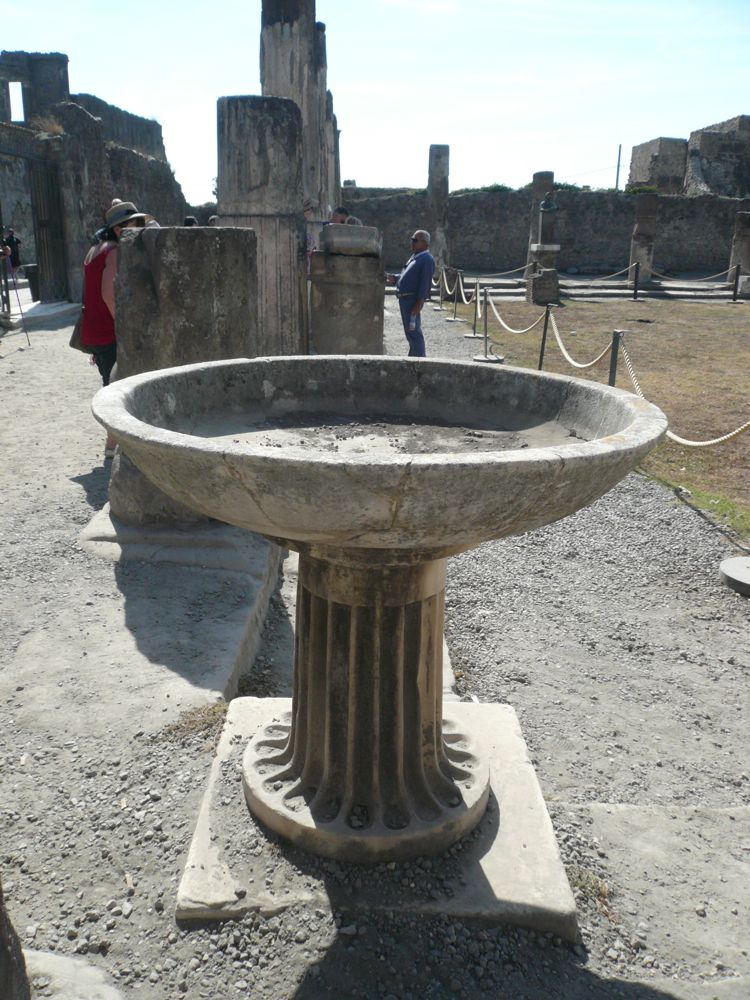

Did you know? - Pliny described his uncle's involvement from the first observation of the eruption:
On the 24th of August, about one in the afternoon, my mother desired him to observe a cloud which appeared of a very unusual size and shape. He had just taken a turn in the sun and, after bathing himself in cold water, and making a light luncheon, gone back to his books: he immediately arose and went out upon a rising ground from whence he might get a better sight of this very uncommon appearance. A cloud, from which mountain was uncertain, at this distance (but it was found afterwards to come from Mount Vesuvius), was ascending, the appearance of which I cannot give you a more exact description of than by likening it to that of a pine tree, for it shot up to a great height in the form of a very tall trunk, which spread itself out at the top into a sort of branches; occasioned, I imagine, either by a sudden gust of air that impelled it, the force of which decreased as it advanced upwards, or the cloud itself being pressed back again by its own weight, expanded in the manner I have mentioned; it appeared sometimes bright and sometimes dark and spotted, according as it was either more or less impregnated with earth and cinders. This phenomenon seemed to a man of such learning and research as my uncle extraordinary and worth further looking into.
– Sixth Book of Letters, Letter 16
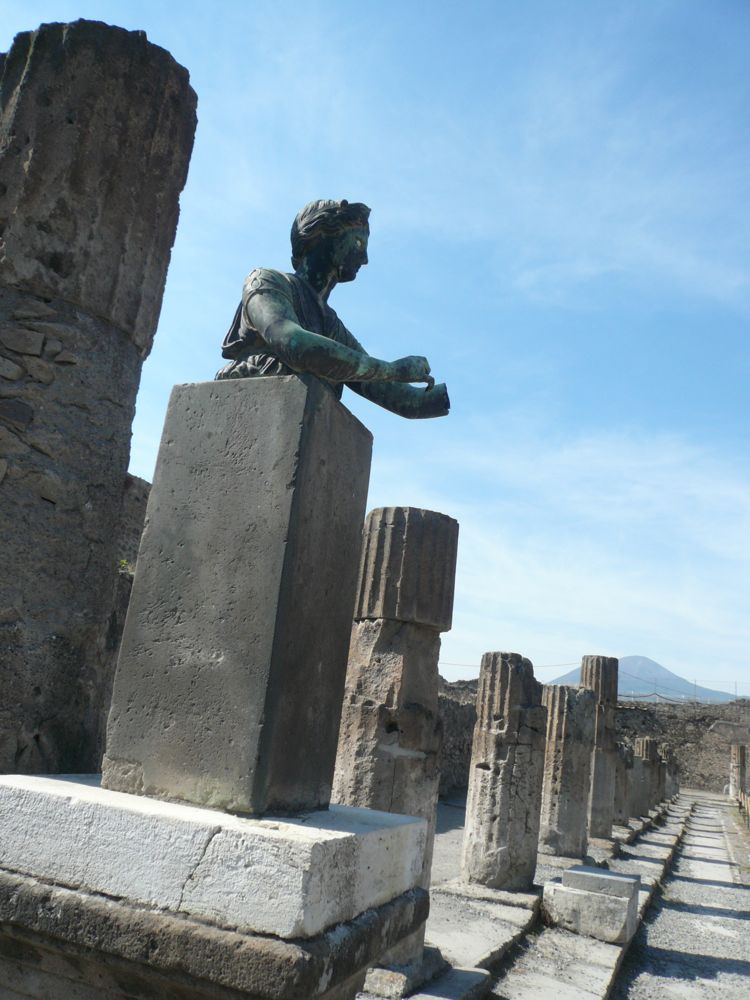

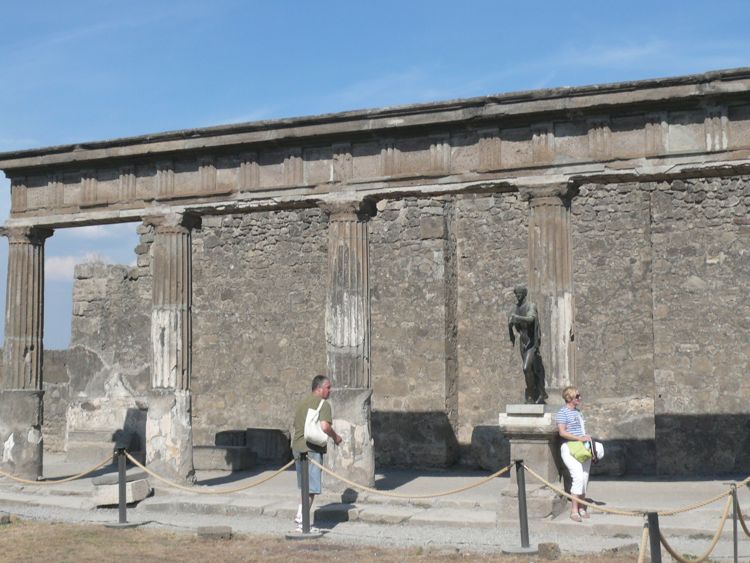
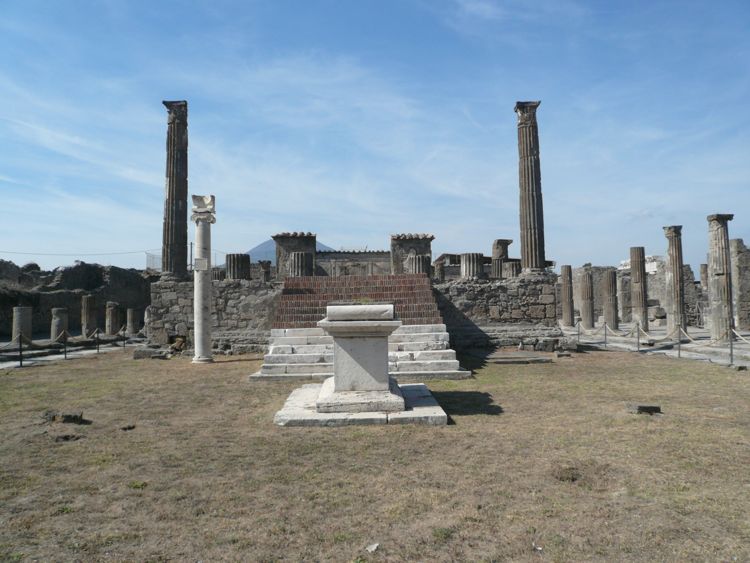
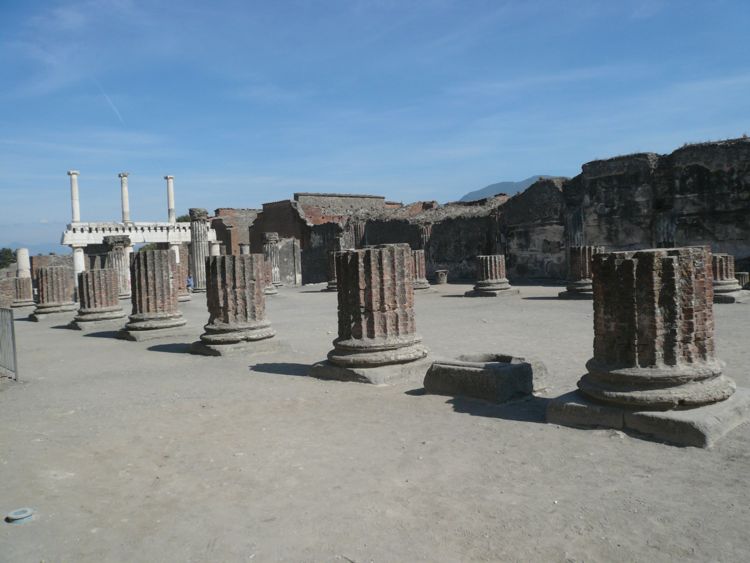

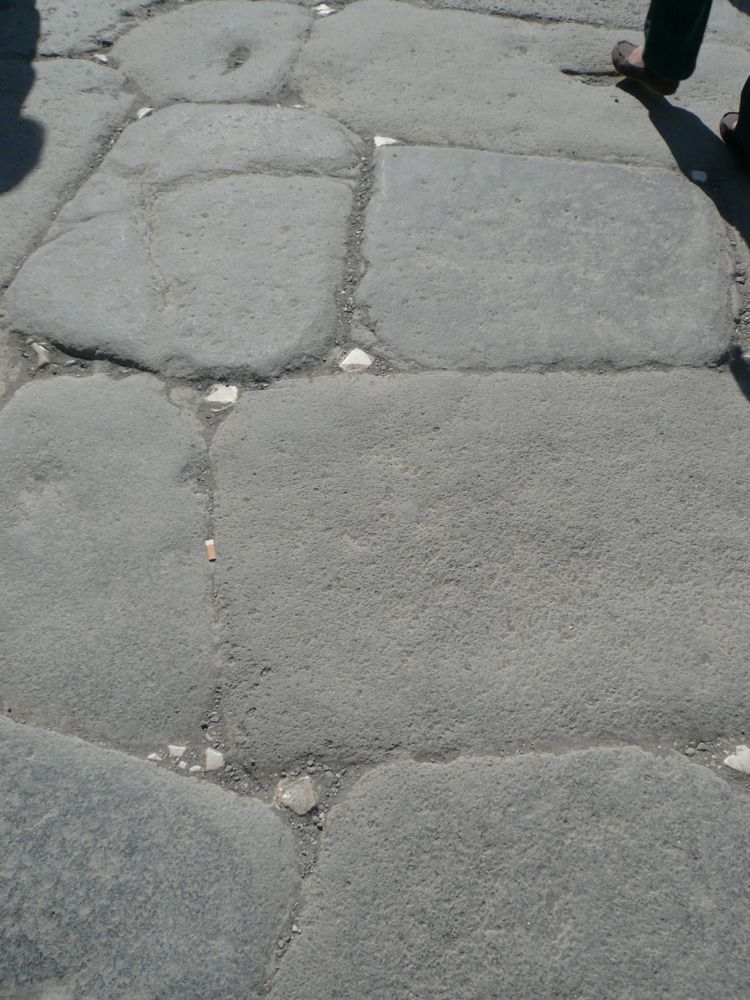
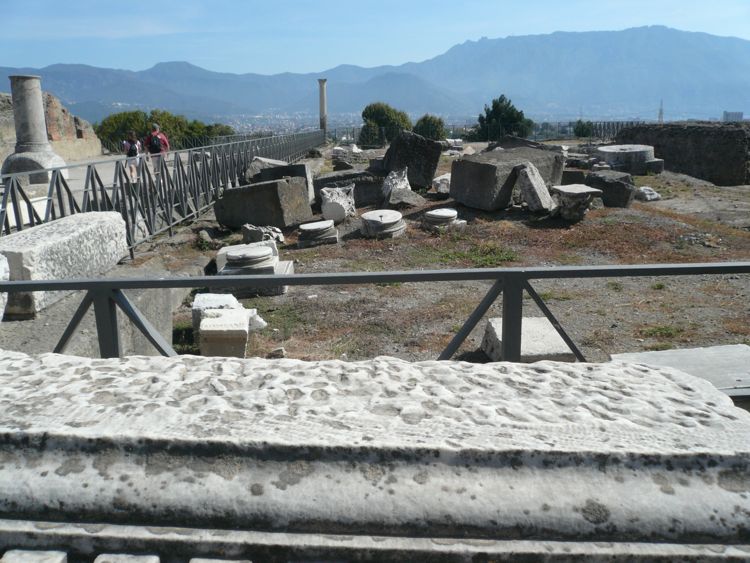
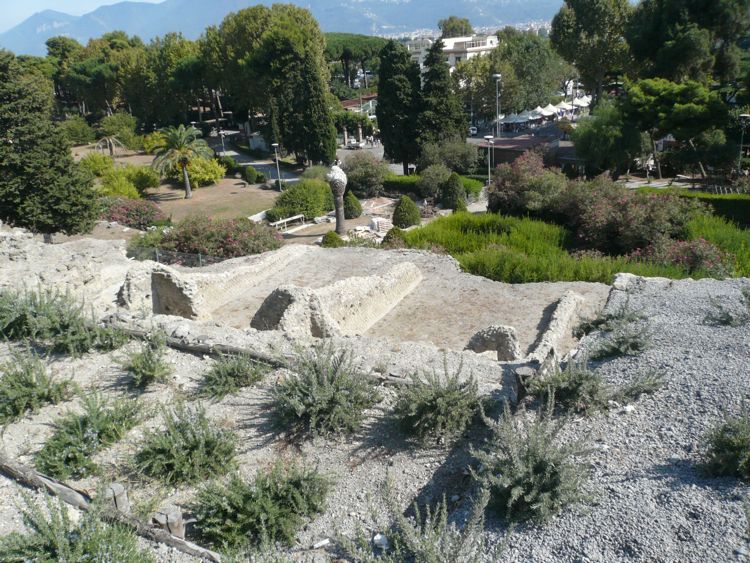
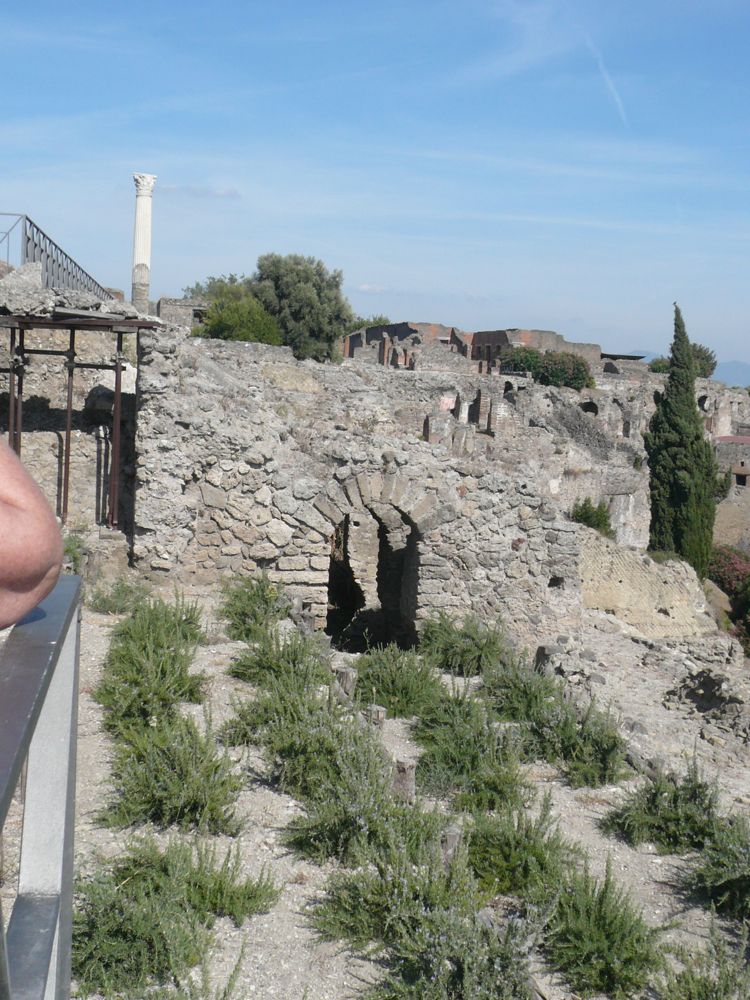
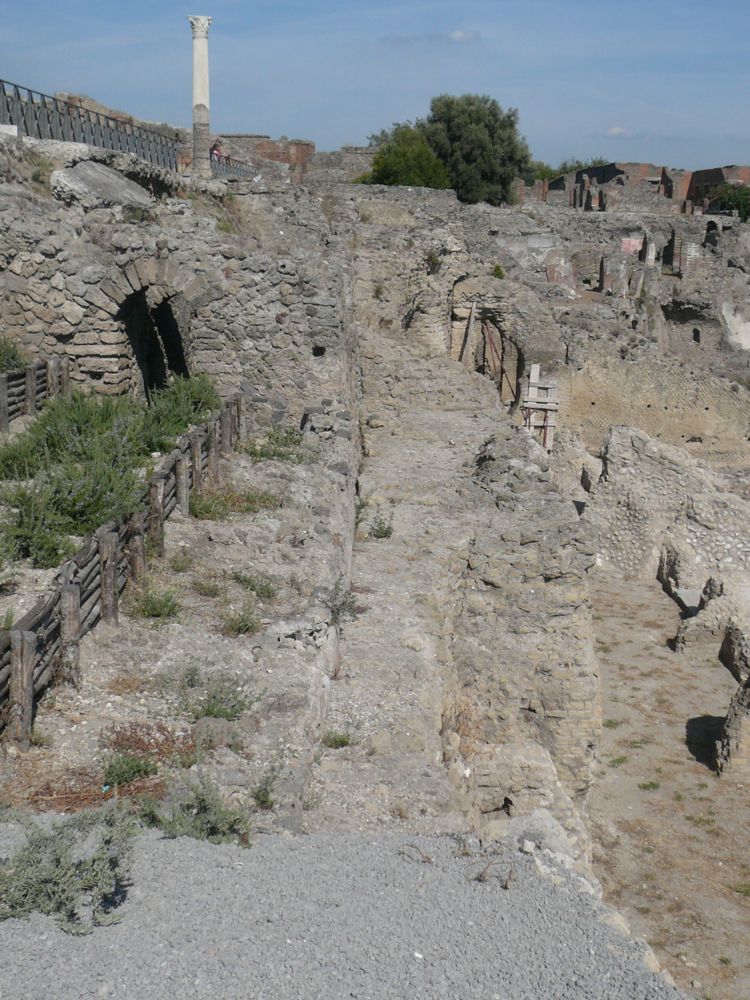
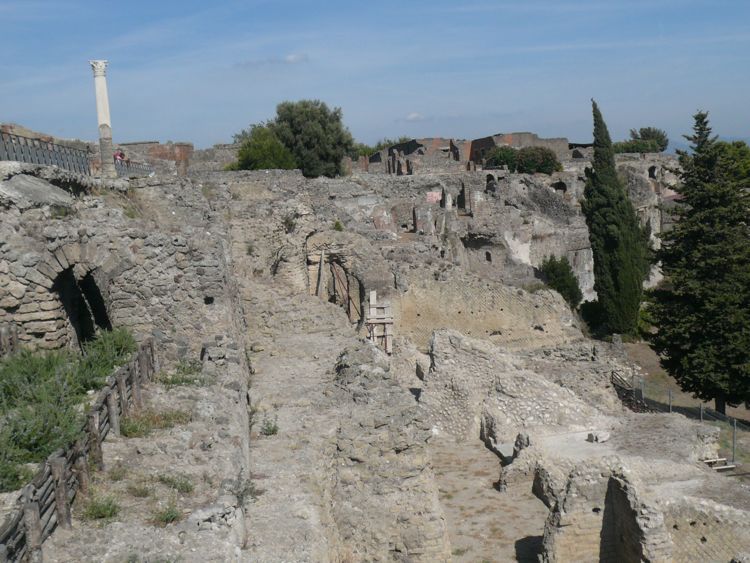

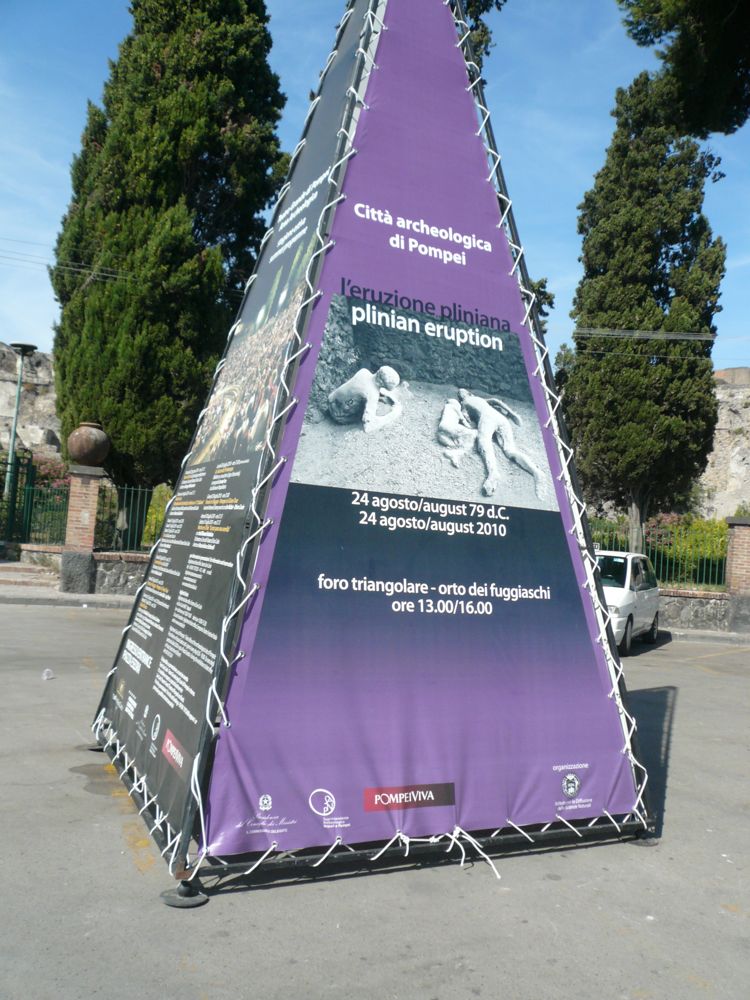
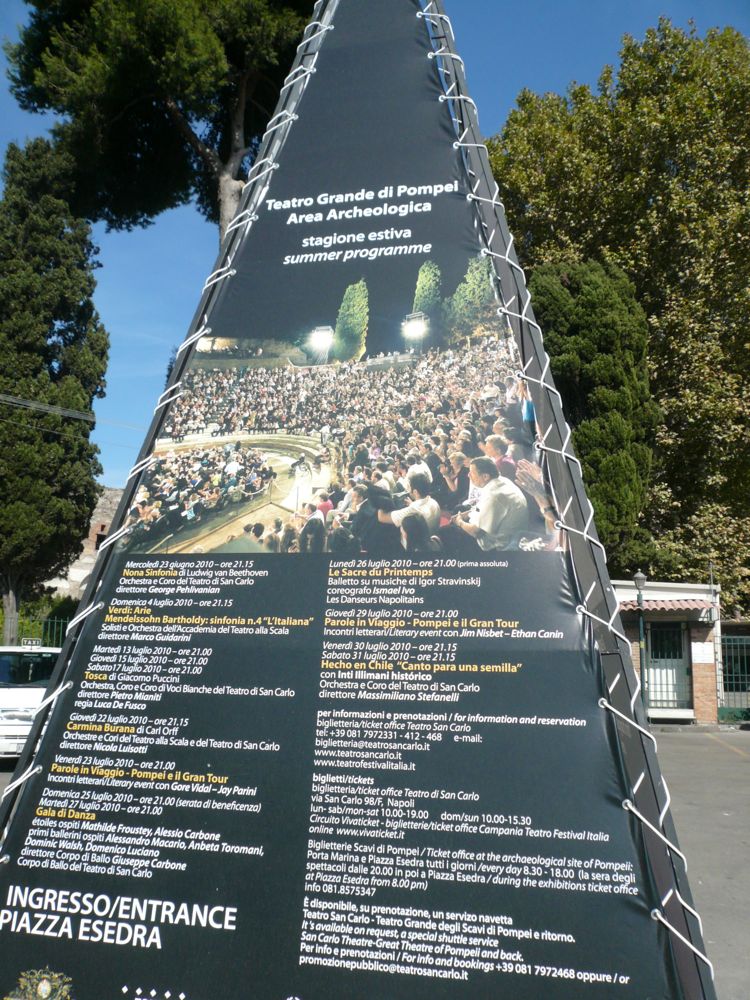
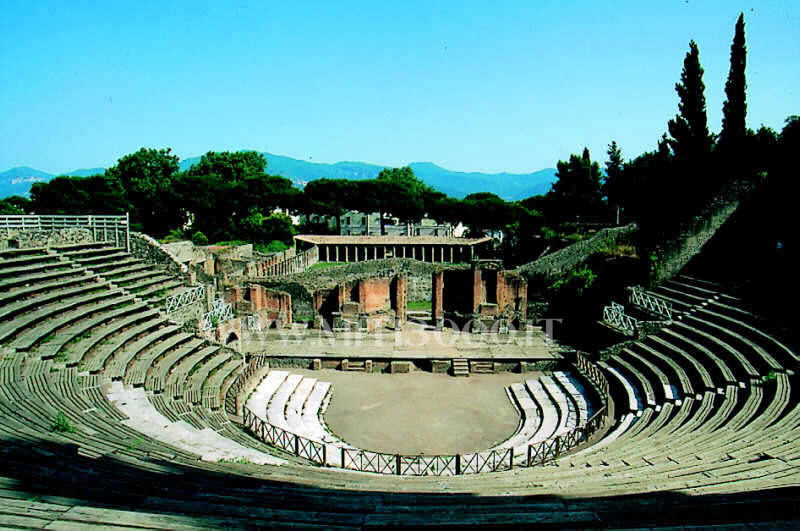
Did you know? - Plinian eruptions, also known as 'Vesuvian eruptions', are volcanic eruptions marked by their similarity to the eruption of Mount Vesuvius in AD 79 (as described in a letter written by Pliny the Younger, and which killed his uncle Pliny the Elder).
Plinian eruptions are marked by columns of gas and volcanic ash extending high into the stratosphere, a high layer of the atmosphere. The key characteristics are ejection of large amount of pumice and very powerful continuous gas blast eruptions.
Short eruptions can end in less than a day, but longer events can take several days to months. The longer eruptions begin with production of clouds of volcanic ash, sometimes with pyroclastic flows. The amount of magma erupted can be so large that the top of the volcano may collapse, resulting in a caldera. Fine ash can deposit over large areas. Plinian eruptions are often accompanied by loud noises, such as those generated by Krakatoa.
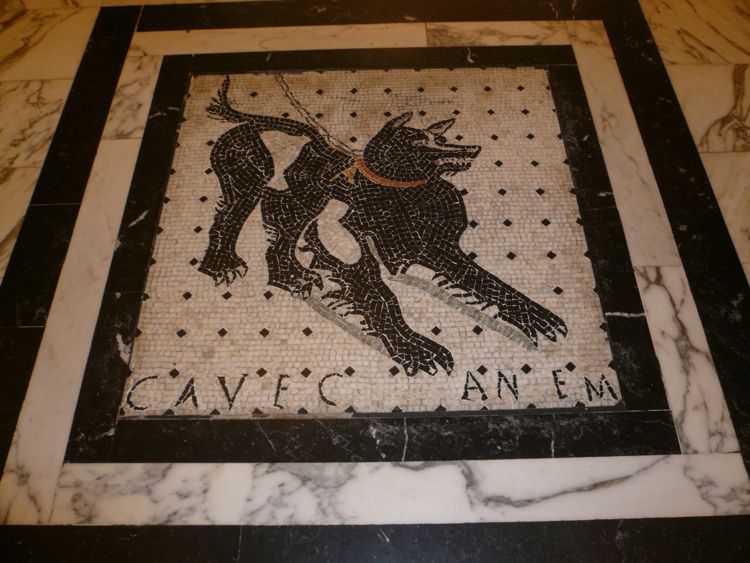

Long Day, Time To Eat



Bob has desert first
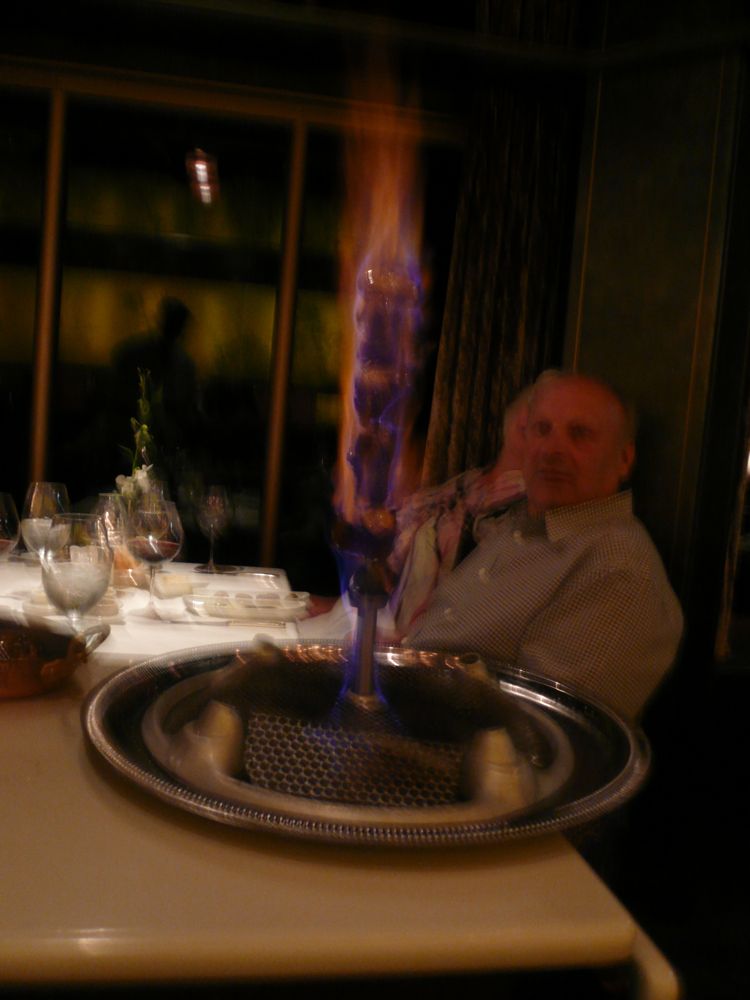

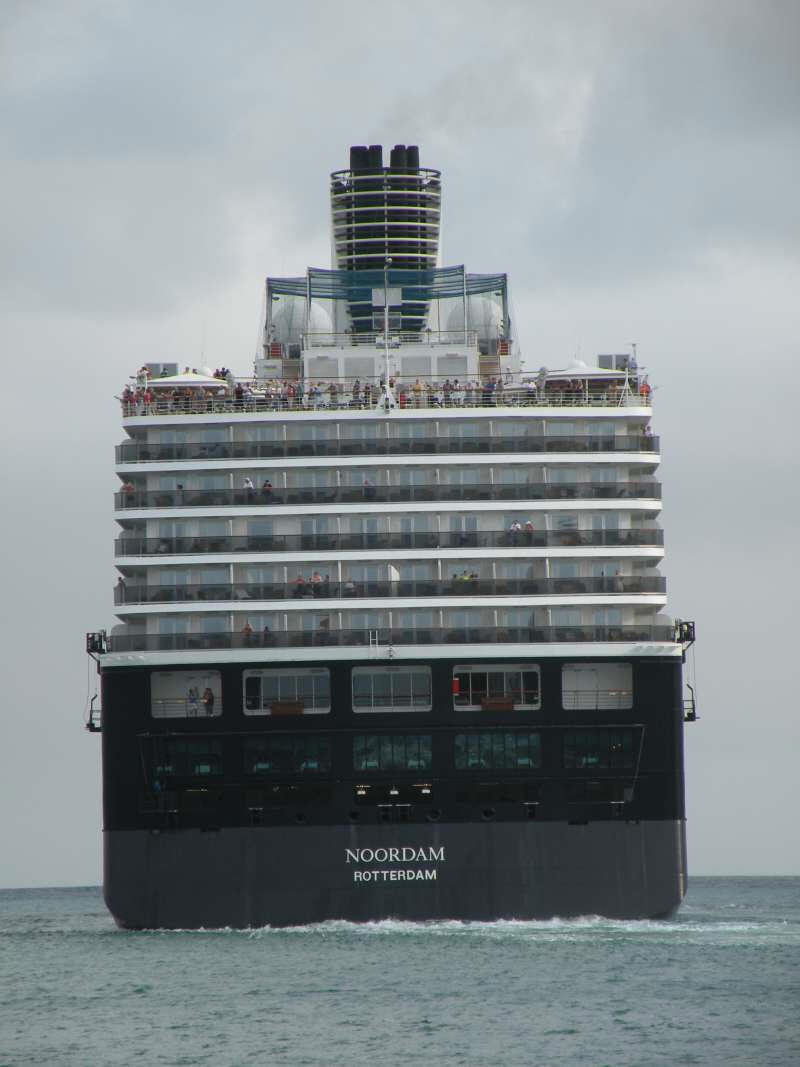
Going to Rome in class

Next destination Rome.... Home
- Page 1: Summary
- Page 2: Florence Italy
- Page 3: Monte Carlo
- Page 4: Barcelona Part One
- Page 5: Barcelona Part Two
- Page 6: Barcelona Part Three
- Page 7: Majorca
- Page 8: Tunisia Part One
- Page 9: Tunisia Part Two
- Page 10: Trapani, Sicily
- Page 11: Napels (Pompeii)
- Page 12: Roma Part One
- Page 13: Roma Part Two
- Page 14: Roma Part Three
- Page 15: Roma Part Four
- Page 16: Roma Part Five